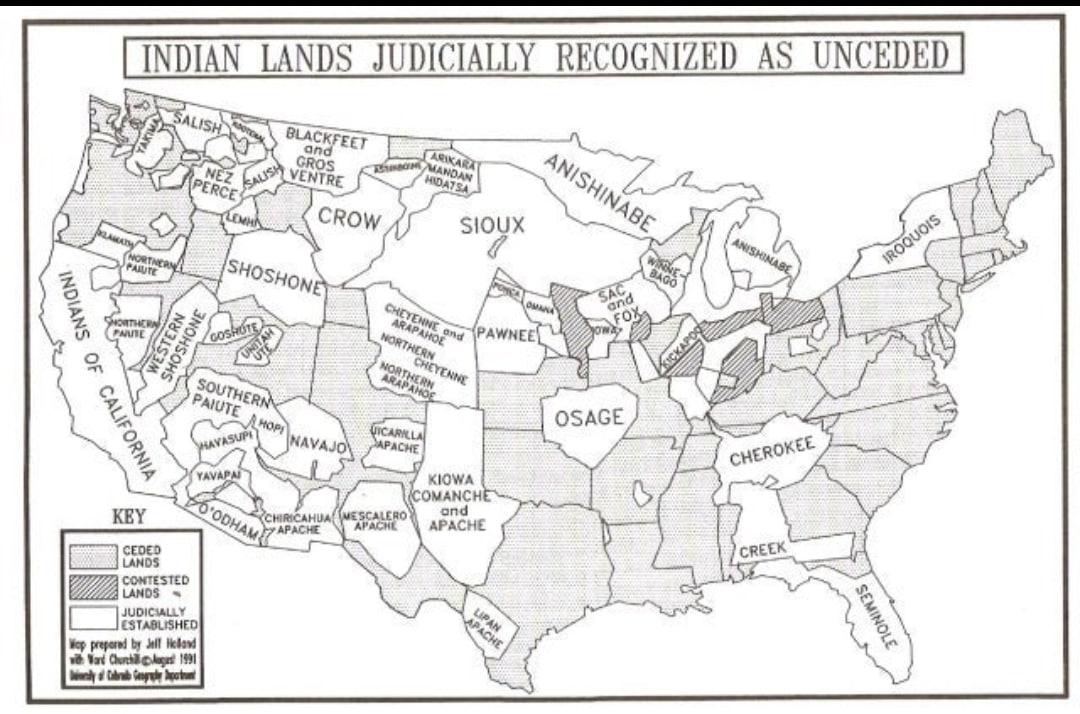

Well, I want to say “vampire angel from space with a super cool robot gun arm” but the better answer is probably just, like, “immortal shapeshifter”
Sent from Mdewakanton Dakota lands / Sept. 29 1837
Treaty with the Sioux of September 29th, 1837
“We Will Talk of Nothing Else”: Dakota Interpretations of the Treaty of 1837




I recently found a rap song in the endangered Tlingit language, I also recently had the opportunity to speak to a cousin in a language that stopped being passed down on that side of the family with our shared grandpa, and I also recently got to speak with an Ojibwe woman who is learning that language, about her experiences with it. An Ojibwe dub of Star Wars was recently released, as was the first ever feature film in Norwegian Sign Language. As someone who is interested in languages, their preservation and revitalization, I feel like experience and recent news gives me reason to be optimistic.
Earlier today I learned that there is such a thing as pea milk, which means that there is another and more nutritious plant-based substitute for dairy milk which can be made entirely with local-grown ingredients in Norway. As someone who wants to both see food sovereignty and veganism in Norway, these sorts of advancements in food science leave me optimistic.
When it comes to the topics mentioned in the OP, what keeps me optimistic is just remembering that the course of history is really just entropy, right? Suppression of activism, the erosion of people’s rights, the rise of fascism and the epidemic of hate crime, these are all symptoms of a broader power structure trying to sustain itself by force. But that system just doesn’t have infinite energy to sustain itself, it doesn’t have infinite resources. We see evidence of this in the “little things” like my cousin learning a language that had been forced out of our family: the forces that had pushed the language out of the family could not keep it out indefinitely, because with the effort one family member would take to relearn it, the effort needed for others to do the same gets progressively smaller.
Humans are known as persistence hunters: we certainly don’t need to hunt for food anymore, but the same strategy is certainly useful for hunting down our own oppressors. Oppressors will grow exhausted of trying to fight their inevitable failure, and that’s when they’ll easily be slain as “paper tigers”.
The best thing to focus on in the present moment is simply what you can do. Because any new skill you master, any positive interaction you have, any good news you read, all of that will prove to you that challenges can be overcome, that you can make a difference and that there is still good in the world. It is the little challenges you overcome that make the big challenges easier to overcome in time.
Sent from Mdewakanton Dakota lands / Sept. 29 1837
Treaty with the Sioux of September 29th, 1837
“We Will Talk of Nothing Else”: Dakota Interpretations of the Treaty of 1837